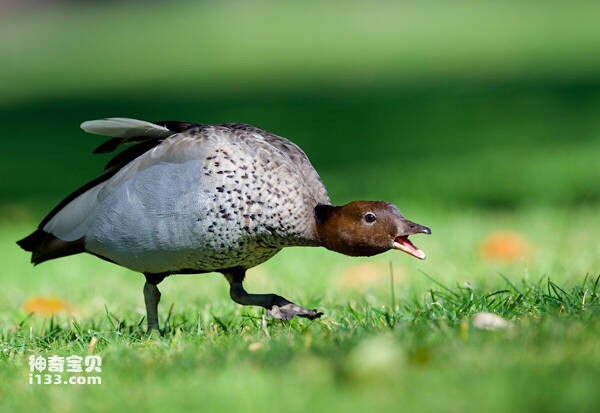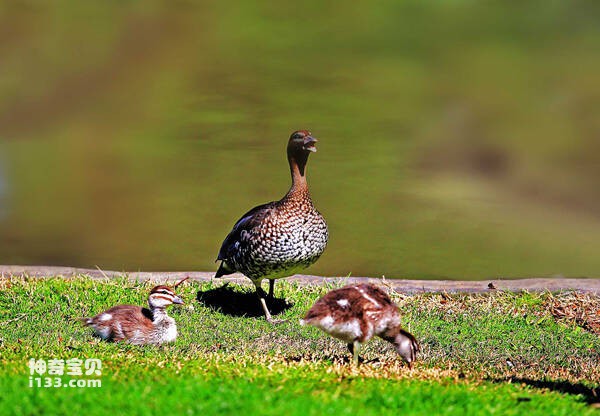Chenonetta jubata
IUCN
LCBasic Information
Scientific classification
- name:Chenonetta jubata
- Scientific Name:Chenonetta jubata,Australian Wood Duck
- Outline:Waterfowl
- Family:
Vital signs
- length:44-56cm
- Weight:800-815g
- lifetime:No textual research information is available
Feature
It is plump and has long legs and a stubby beak compared to other ducks
Distribution and Habitat
The maned forest duck is found in Australia and Tasmania, with the largest number in the eastern region. Maned forest ducks are cultivated in Australian parks or botanical gardens and are endemic to Australia.
Origin: Australia. Travellers: New Zealand, Papua New Guinea.
Living in rivers, lakes, ponds, estuaries, bays, swamps and other types of water, generally avoid dense forest areas, especially like to live in the edge of wetlands, swamps or woodland swamps.
Appearance
The length of the maned forest duck is 44-56 cm with a wingspan of 78-80 cm. The male goose weighs 815 g and the female goose weighs 800 g. It is the only member of the genus Chenonetta. The species is named for the mane-like appearance of the feathers on the back of the male duck's head during breeding.
The maned forest duck is a plump duck with longer legs and a stubby beak than other ducks. The sexes are not the same, but the male duck has a tuft of dark brown feathers along the back of the neck, which can be seen under the wings in black, gray, green and white when flying. The chest is mottled, the body plumage is light gray, and the back, abdomen and tail are black. The bill is black, and the legs and feet are dark gray. The female duck has a grey head and neck with white eye stripes above and below the eyes. Has a mottled chest. The overall color is taupe. The duck's bill, legs and feet are black-gray. On the grey wings are the male and female ducks with black and wh
Details
Australian Wood Duck (Chenonetta jubata), no subspecies.

This duck can be seen in many parks and meadows along rivers in Australia. This is an animal that likes to live in groups, and is hard to miss when found in large groups; And this kind of duck is not too afraid of people, once someone throws food, it will immediately take the initiative to run over, and the human relationship is quite harmonious.

The breeding season for maned forest ducks in the Northern Hemisphere begins in mid-April and can last until June. Usually nests on the shore of the water, nesting in the natural tree hole, like to use the old nest, such as no interference or the nest is not destroyed, often used for many years. The nest contains a few tree chips and tree bast fibers, and after laying eggs, the female plucks a large number of feathers from her own body and places them in the nest. Each clutch lays 8-12 eggs, cream colored. Incubation period is 28-34 days. It can fly at 57 days. The ducklings are usually led and fed by their parents for another two weeks.
Listed on the International Union for Conservation of Nature (IUCN) 2013 Red List of Threatened Species ver 3.1 - Low Risk (LC).
Protect wild animals and eliminate wild meat.
Maintaining ecological balance is everyone's responsibility!








